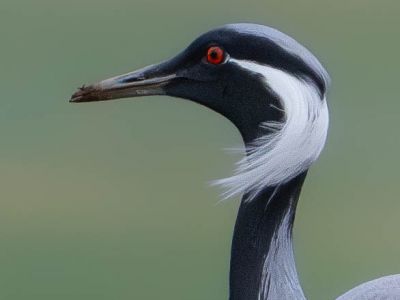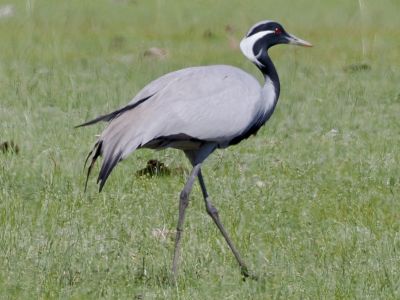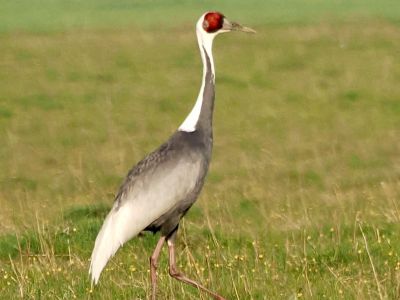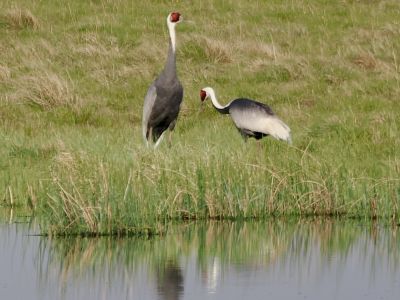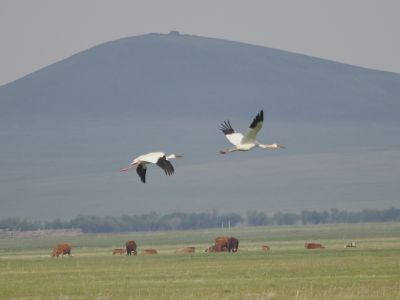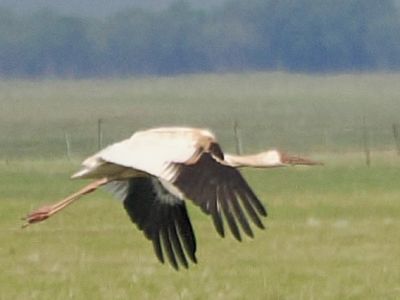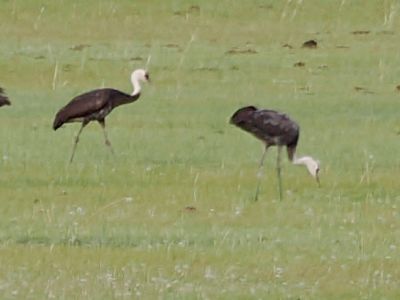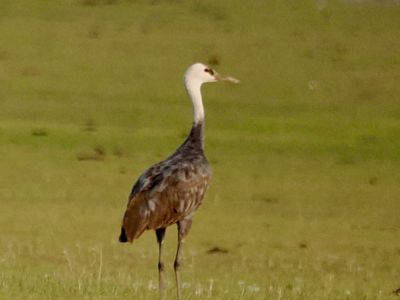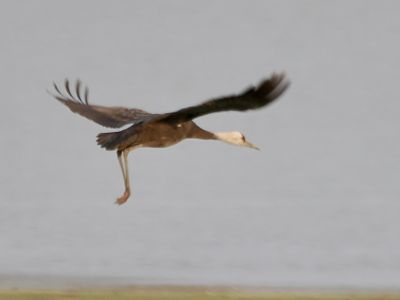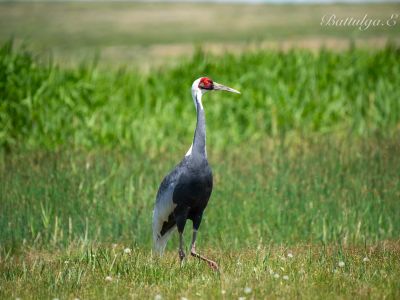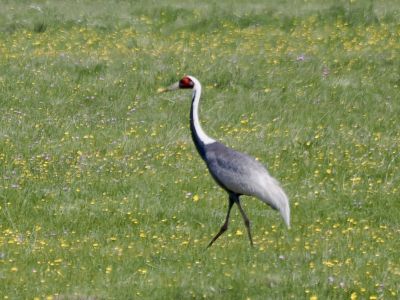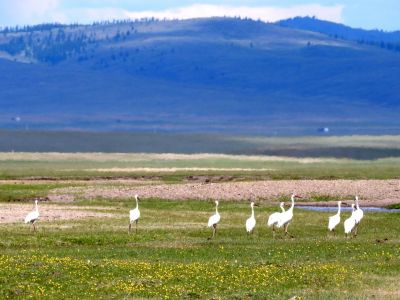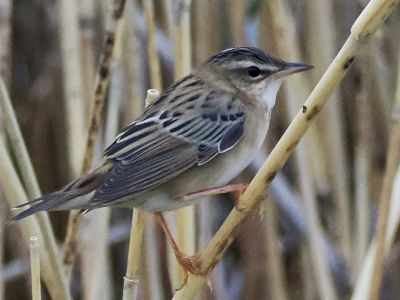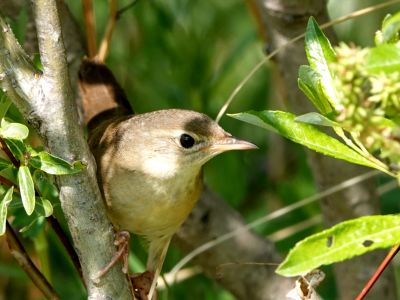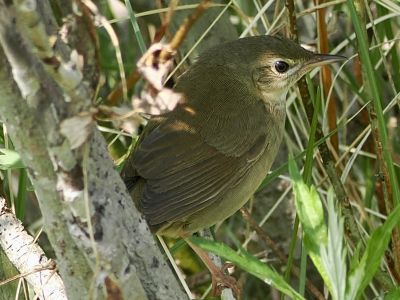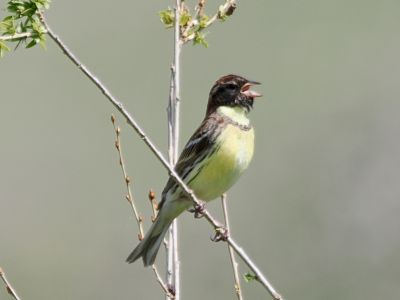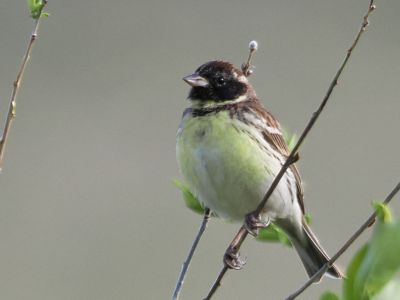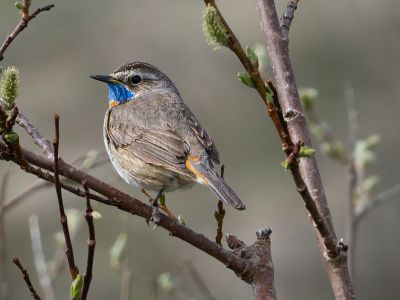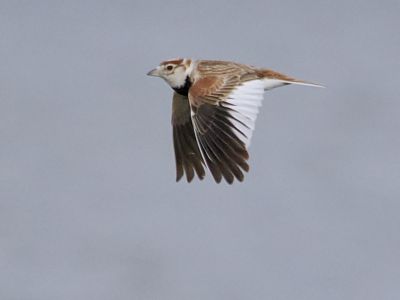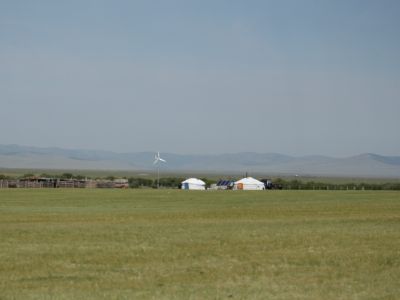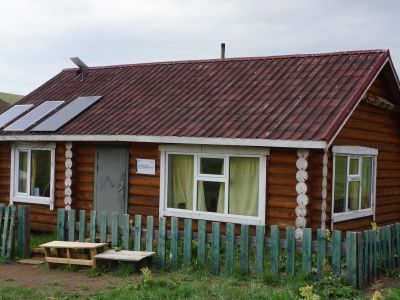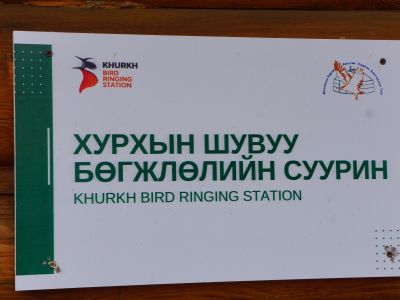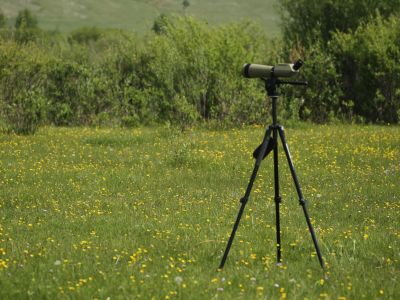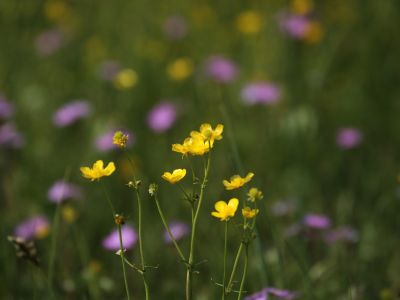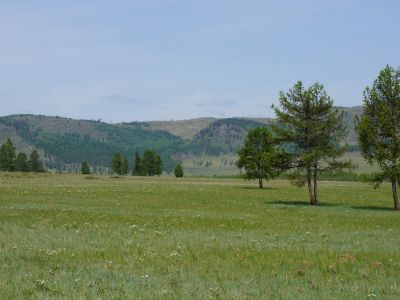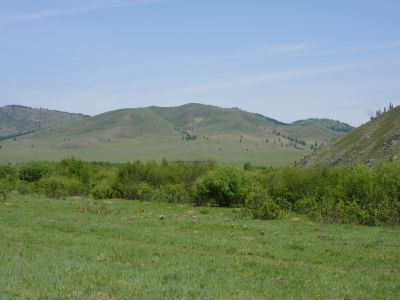The Khurkh–Khuiten River Valley is one of the most important crane habitats in the world
The lakes and wetlands of Eastern Mongolia lie along the East Asian–Australasian Flyway (EAAF), a major migratory route for countless waterbirds and shorebirds traveling between South Asia, Australia, and Siberia. This makes the region a critically important stopover for resting and feeding during their long journey.
One of the most significant wetland areas in this region is the Khurkh–Khuiten River Valley. Fed by ancient permafrost, mountain springs, and forest streams, the valley is a mosaic of rivers, lakes, floodplain meadows, alpine forests, herbaceous steppe, and rolling mountains—creating a haven for biodiversity.
With 227 bird species recorded, the Khurkh–Khuiten wetlands are internationally recognized as an Important Bird Area (IBA and Ramsar Site).
Remarkably, this is one of the very few places in the world where five species of cranes can be observed in the same area, including the majestic Siberian, White-naped, Hooded, Common, and Demoiselle Cranes. Recent studies show crane populations here are increasing, earning Mongolia the nickname: “The Crane Capital of the World.”
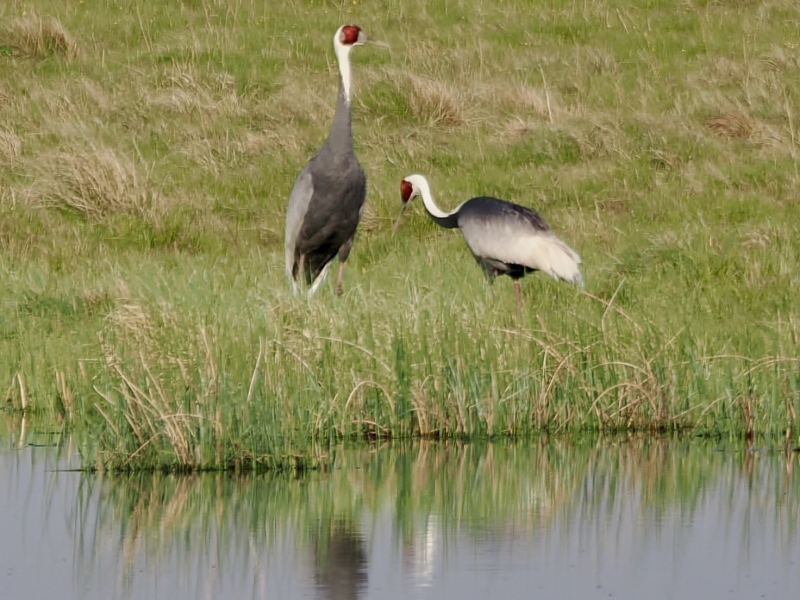
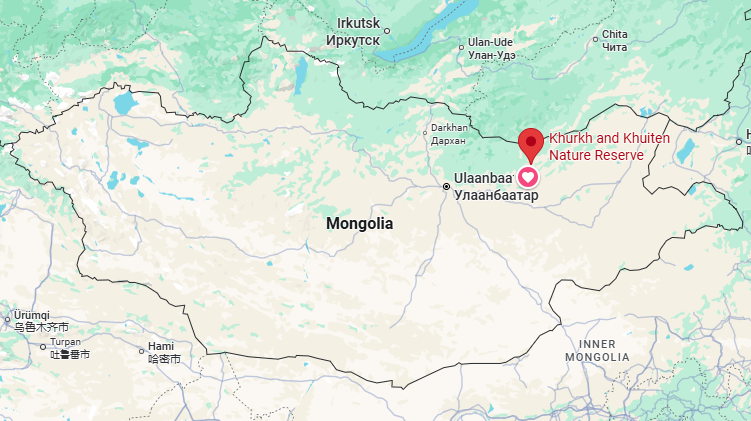
DOWNLOAD FULL ITINERARY
See more detailsFig.1. The location of Khurkh-Khuiten Nature Reserve, Mongolia
Tour Details – Cranes, Culture, and Nature of the Khurkh–Khuiten River Valley
A Sanctuary for Rare Cranes. The Khurkh–Khuiten River Valley is one of the most important crane habitats in the world, home to five rare and threatened species:
- White-naped Crane (Antigone vipio)
- Common Crane (Grus grus)
- Siberian Crane (Leucogeranus leucogeranus)
- Demoiselle Crane (Grus virgo)
- Hooded Crane (Grus monacha)
The White-naped Crane and Common Crane breed here annually. While the Red-crowned Crane has only been recorded once, the Siberian and Hooded Cranes—both globally threatened—are regularly observed during migration.
This valley holds special significance for the White-naped Crane, a species found only in East Asia. With an estimated global population of just 3,500 individuals, their numbers are in rapid decline. Remarkably, a core breeding population of around 70 pairs has been recorded in this area, making Khurkh–Khuiten one of the densest breeding sites in the region.
Biodiversity Beyond Birds. Khurkh–Khuiten Nature Reserve is rich in biodiversity:
- 47 species of mammals
- Over 10 species of fish
- 230 species of plants
This rich ecological tapestry is supported by ancient permafrost-fed rivers, alpine meadows, forests, and fertile floodplains.
Ancient History & Cultural Heritage
The valley is not only a haven for wildlife but also a living museum of Mongolia’s rich history. Scattered across the landscape are historic and cultural monuments, many linked to the era of Chinggis Khaan and his descendants in the 13th century. Notable sites include:
- Onon River Valley – where the Great Mongol State was officially declared.
- Ulziit Hill – site of a legendary battle between Chinggis Khaan and Jamuha.
- Rashaant Khad – an ancient cultural landmark in the Khurkh Valley.
- Sacred statues and other archaeological treasures dot the valley.
People & Landscape
The Khurkh–Khuiten River Valley has long been home to the Khalkh and Buriat ethnic groups, who maintain traditional nomadic herding lifestyles. In recent years, the region’s fertile soils have also supported agricultural development, making it one of Mongolia’s key croplands.
Join us on this unforgettable journey, available each year from May to October.
N/A
BOOK NOW
Tour Packages & Booking
We offer a range of customizable tours:1) Private expeditions (1-3 people)
2) Group tours (4-9 people)
Contact us now to get your personalized quote and tour details.



